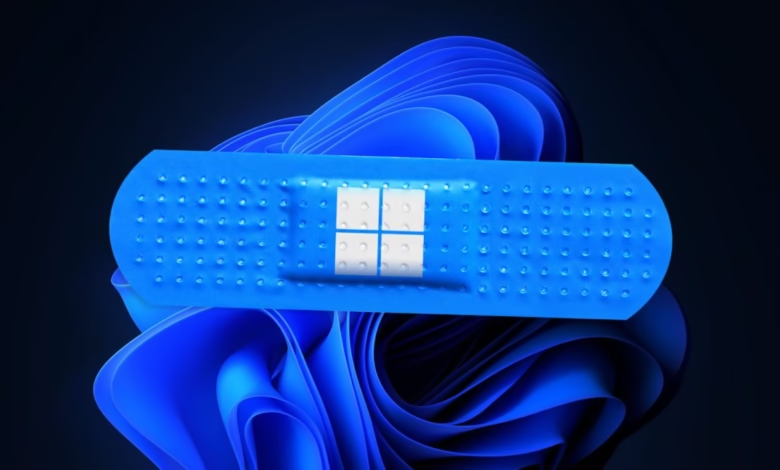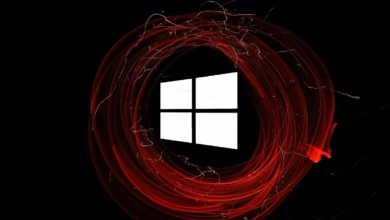Microsoft Updates Windows to Prevent Future CrowdStrike-Style Outages

▼ Summary
– In summer 2024, CrowdStrike’s faulty update crashed millions of Windows systems, disrupting critical services like air travel and payments.
– The outage was CrowdStrike’s responsibility, but Microsoft also faced scrutiny, prompting its leadership to prioritize product security improvements.
– The crash occurred because CrowdStrike’s update loaded early in Windows’ boot process, preventing systems from downloading fixes before failing.
– Anti-malware software like CrowdStrike’s typically has kernel access in Windows, which can cause system-wide crashes if compromised or buggy.
– Microsoft announced a new security feature allowing endpoint security vendors to operate outside the Windows kernel, potentially preventing similar outages.
Microsoft has implemented critical Windows updates designed to prevent system-wide outages similar to the 2024 CrowdStrike incident that disrupted global operations across multiple industries. The widespread failure occurred when a faulty anti-malware update crippled systems during boot sequences, highlighting vulnerabilities in how security software interacts with Windows’ core components.
The incident exposed fundamental risks in granting security applications deep access to the Windows kernel, the operating system’s most sensitive layer. Unlike standard programs, antivirus tools traditionally required this elevated access to scan for threats effectively. However, a malfunctioning kernel-level process can destabilize entire systems rather than just the application itself. CrowdStrike’s problematic update demonstrated this danger when it triggered crashes before systems could receive corrective patches.
In response, Microsoft is restructuring how third-party security solutions integrate with Windows, shifting them away from kernel dependencies. A newly announced endpoint security platform will enable vendors to develop solutions operating outside this critical system layer. This architectural change aims to contain potential failures within individual applications rather than allowing them to propagate across entire networks.
While CrowdStrike bore responsibility for the defective update, Microsoft faced scrutiny for its platform’s role in amplifying the disruption. The company has since intensified its focus on systemic security improvements, with CEO Satya Nadella emphasizing reliability as a priority. The kernel-access adjustment represents one of several measures intended to mitigate future cascading failures.
For enterprises still recovering from the 2024 outage, these changes signal progress toward reducing single-point vulnerabilities. IT teams managing large-scale deployments may eventually benefit from more resilient update mechanisms and contained failure scenarios. Microsoft’s approach reflects broader industry lessons about balancing security efficacy with operational stability, a challenge that persists as cyber threats evolve.
(Source: Ars Technica)
